Minimum 90°C Supply Conductors
globe199
14 years ago
Related Stories

HOME TECHMeet the New Super Toilets
With features you never knew you needed, these toilets may make it hard to go back to standard commodes
Full Story
REMODELING GUIDESKey Measurements to Help You Design the Perfect Home Office
Fit all your work surfaces, equipment and storage with comfortable clearances by keeping these dimensions in mind
Full Story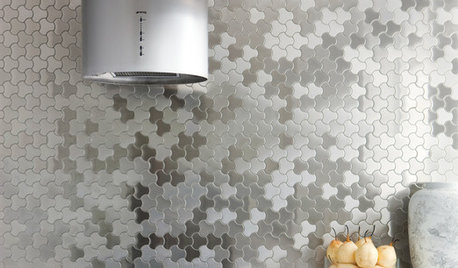
DECORATING GUIDESBling Where It’s Least Expected
Give your interior some sparkle and shine with metal tiles on a backsplash, shower or floor
Full Story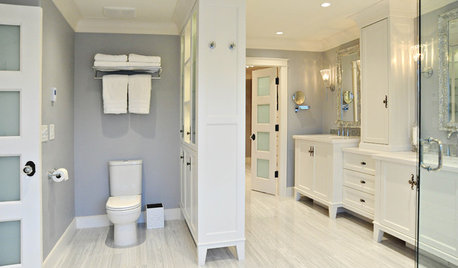
BATHROOM DESIGNBath Remodeling: So, Where to Put the Toilet?
There's a lot to consider: paneling, baseboards, shower door. Before you install the toilet, get situated with these tips
Full Story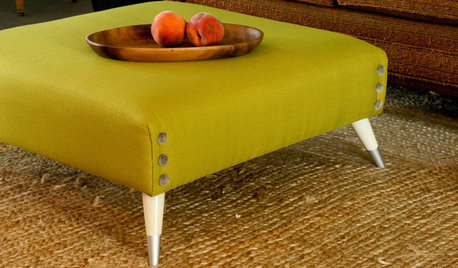
DIY PROJECTSTurn a Shipping Pallet Into a Stylish Ottoman
Get the step-by-step instructions for upholstering your own mod living room centerpiece
Full Story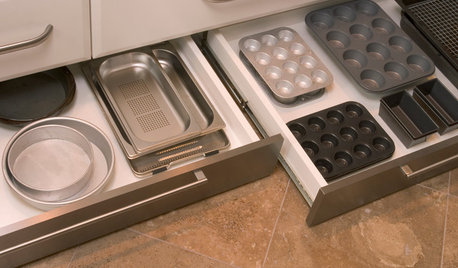
GREAT HOME PROJECTSHow to Add Toe Kick Drawers for More Storage
Great project: Install low-lying drawers in your kitchen or bath to hold step stools, pet bowls, linens and more
Full Story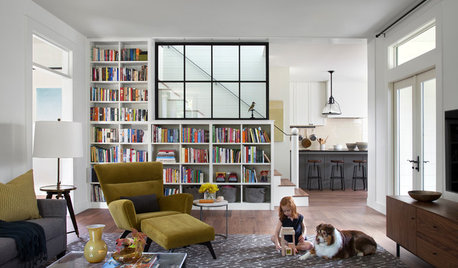
HOUZZ TOURSHouzz Tour: Unplugging From High Tech in a Texas Farmhouse
This simply styled home gives an Austin family all the warmth of comfort food and all the amenities of modern times
Full Story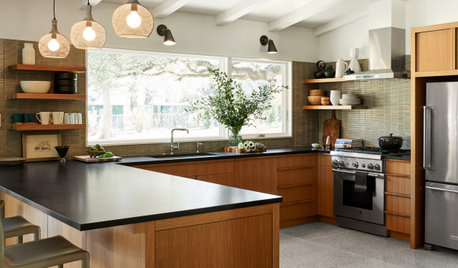
KITCHEN LAYOUTSHow to Plan the Perfect U-Shaped Kitchen
Get the most out of this flexible layout, which works for many room shapes and sizes
Full Story
LIFEHow to Prepare for and Live With a Power Outage
When electricity loss puts food, water and heat in jeopardy, don't be in the dark about how to stay as safe and comfortable as possible
Full Story
DECORATING GUIDES10 Ways to Hide That Air Conditioner
Feeling boxed in designing around your mini-split air conditioner? Try one of these clever disguises and distractions
Full Story








joed
pudge565
Related Professionals
Lake Nona Electricians · Barrington General Contractors · Chillicothe General Contractors · Franklin General Contractors · Lake Forest Park General Contractors · Leavenworth General Contractors · Valley Station General Contractors · Tustin Solar Energy Systems · Rosamond Solar Energy Systems · Allen Home Automation & Home Media · Columbia Home Automation & Home Media · Farmington Home Automation & Home Media · Los Angeles Home Automation & Home Media · Pittsburgh Home Automation & Home Media · Port Washington Home Automation & Home Mediainox
brickeyee
inox
brickeyee
inox
inox
brickeyee
inox
adfiredeer_gmail_com
brickeyee
hollybegonia